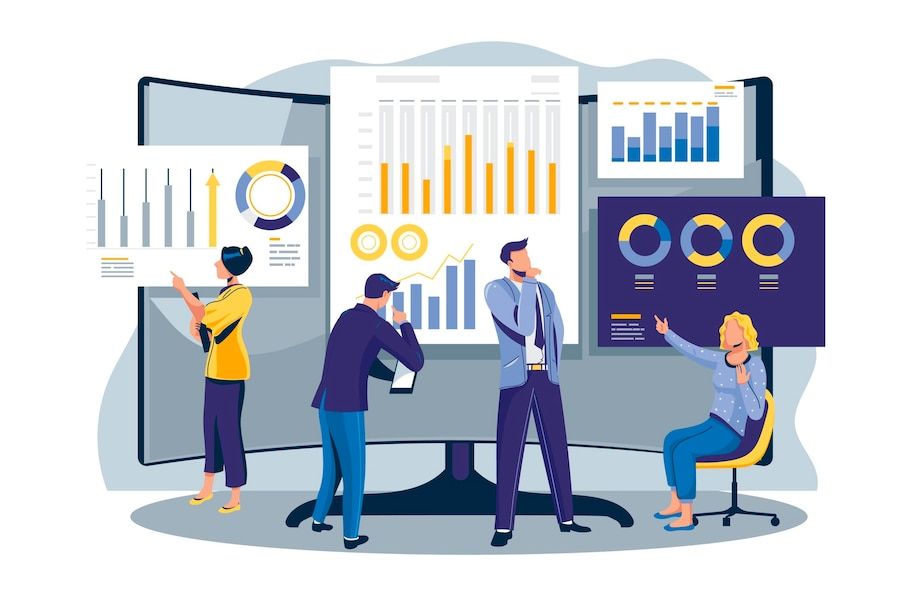How is public relations a management function

To understand the difference between PR and other public communication read here!
There are several reasons why Public Relations are called a Management Function:
- Public relations help the organization develop and maintain mutually beneficial relationships with key public and stakeholders through communication.
- Public Relations help an organization to reach an understanding with its various public.
- Public relations also help an organization frame ideas about organizational goals. Also gives feedback from general feedback to the organization about their expectations.
- Public Relations play a vital role in the organizational decision-making process.
What are the types of management PR do?
- Communication Management
Through two-way communication, PR acts as a bridge between the organization and the Public.
- Crisis Management
PR helps an organization in an emergency which affects the Public.
- Issues Management
PR helps identify problems, issues and trends relevant to an organization. It also chalks out an appropriate program to deal with them.
- Relationship Management
Public relations identify key public and help establish mutually beneficial relationships with that public.
- Reputation or Image Management
PR plays a crucial role in boosting the image of an organization. Moreover, they give necessary suggestions to the organization to fulfil its commitment to the Public, perform social responsibility, and conduct ethical behaviour with the critical masses.
- Resource Management
PR management of human and financial resources of its own team by setting objectives, planning, budgeting, recruiting and hiring PR staff and managing resources.
- Risk Management
As a preventive PR, this role helps an organization to recognize areas of potential danger and recommend the needed changes before the potential threat becomes a crisis.
- Strategic Management
PR practitioner acts as a counsellor to the management team and helps it in the decision-making process to evolve a strategy in the best interests of the Public and the organization.
Public Relations Process:
The Process consists of four parts: Research, Planning, Implementation and Evaluation.
- Research –
- Research is the First Step. Research is needed to answer the following questions about an organization's functioning.
- Who do we want to reach?
- What do we want them to do?
- What messages do we want to communicate? What are our expectations from each Public?
- Do we want a behaviour change, an increase in knowledge and attitudes?
- Planning
Planning has 10 Steps.
Step 1: Set the Goals, which may be short-term, long-term, national or global.
Goals are a future state of being and the desired outcome of a plan of action.
Step 2: Identify the Target audience or Public. People with whom you need to communicate (both talk and listen).
Who needs to know or understand?
Who needs to be involved?
Whose advice or support do we need?
Who will be affected?
Step 3: What are the Objectives for those Audiences or Target Groups?
What behaviour, attitude, or opinion do you want to achieve from those specific audiences, and how much do you earn and when?
Step 4: What Strategies would you adopt?
The road map or approach to reach objectives.
Step 5: What tactics would you adopt to implement program strategies? How will you use resources to carry out your Process and work toward your objectives? EXAMPLES: Meetings, publications, news releases, websites, billboards.
Step 6: What would be your Activities?
Include specific activities required under your tactics to carry out strategies.
Step 7: What Materials are you going to use? Folders for press kits, etc.
Step 8: Plan your Budget for your requirements. ( *some of you in the class wanted to put it on the upper rung. But I would say unless you put everything in black and white, how can you evaluate the cost.)
Step 9: Set a Timetable and Task List like Who does what and when?
Step 10: You must do an Evaluation of your program. How will you know if you are reaching your objectives? Measurement? Observation? Opinion? Feedback?
Step 3: Implementation
Actual messages sent through what channels?Monitoring tools for execution.
TOOLS:
The essential tools of PR to interact with the Public, external and internal :
1. Mass Media- TV and Radio, newspapers,
magazine, film and folk media.
2. Internal Media---House Journal, Bulletin Board, Annual Report, Printed Lit. including Intranet, email, internal newsletters.
3. Direct Communication---Speaking engagements Interviews help put viewpoints across directly and receive instant feedback. In addition, special events can be designed to reach a specific narrow target audience.
4. Advertising- Initially, selling products is used to boost the company's image. Now, lot of celebrity endorsements.
5. Internet communication through the e-newsletter, interactive website, social media platforms and Email, Internet reporters or bloggers.
Step 4: Evaluation
Measure effectiveness of the program against objectives. Identify ways to improve and recommendations for the future.